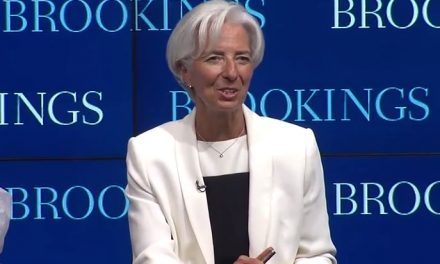The nation’s job market took a sharp turn for the worse last month as employers abruptly curbed their hiring and the unemployment rate inched up — grim evidence that the economic recovery was faltering.
The new Labor Department report, which showed the unemployment rate rising to 9.1%, was bad news for millions of Americans seeking work and for the hundreds of thousands of newly minted college graduates whose prospects are increasingly uncertain.
But beyond those looking for work, the downturn in hiring signaled continuing troubles for the rest of the nation: A weaker economy — along with the increased risk of sliding into a new recession — reduces the likelihood that personal income will rise or that families will better themselves financially in other ways.
In recent days, an array of data have pointed to a slowdown in manufacturing and consumer spending, as well as persistent weakness in the depressed housing market.
Payrolls grew by only 54,000 in May, less than half what’s needed to keep pace with growth in the working-age population.
The weak growth was all the more unsettling because it came after three straight months of solid payroll increases that averaged 220,000 a month and had led many analysts to believe the job market was finally turning the corner.
It was the second month in a row that the jobless rate climbed, though: After steadily declining during the winter, the unemployment figure rose from 9% in April and 8.8% in March.
“No one knows on one month’s data … but this one is a real sign of fragility and danger,” said Ron Blackwell, chief economist at the AFL-CIO. “Basically, this is what economic stagnation feels like.”
There were indications that some of the weakness in hiring was caused by temporary factors.
Supply-chain disruptions stemming from Japan’s earthquakeand tsunami in March most likely contributed to the loss in auto-production employment last month. Higher fuel prices, although easing a bit in recent weeks, also may have played a role in restraining hiring by retailers and restaurants, among other businesses.
The jump in energy prices has weighed on consumer spending and cut into business profits. Concerns about Europe’s debt crisis, as well as the U.S.’ budget problems and looming deadline to raise the debt ceiling, have further eroded confidence.
Wall Street analysts were braced for a weak jobs report, but the payroll numbers came in even smaller than the lowered expectations from analysts, who on average predicted gains of 160,000 jobs in May.
Stocks have broadly retreated in recent days with the spate of bad news. The Dow Jones industrial average, which hit a three-year high of 12,811 on April 29, lost more ground Friday, an additional 97 points to close at 12,151.
Further declines in stocks could sap consumer spending even more, at a time when many families are feeling poorer from still-declining home prices in many places and little growth in wages.
Hourly earnings for all employees on private-sector payrolls averaged $22.98 last month, up 41 cents from a year earlier. That 1.8% increase is below the current pace of inflation.
The overall labor force — those working or looking for jobs — grew by 272, 000 in May to 153.7 million. The more people enter or reenter the labor force, the stronger the pressure for unemployment to rise, unless job growth keeps pace.
And in the coming months, the labor market will be flooded with young graduates from high schools and colleges. An estimated 1.7 million students were projected to earn bachelor’s degrees this year, with most of them graduating in May and June.
Prospects had improved for this year’s new college graduates. For the class of 2011, 41% of those who applied for jobs before graduating had at least one employment offer, up from 31% for the class of 2010, according to a survey by the National Assn. of Colleges and Employers.
Edwin Koc, the association’s research director, said computer science majors had the highest job-offer rate this year — 57% — followed by graduates with degrees in accounting, economics and engineering.



















